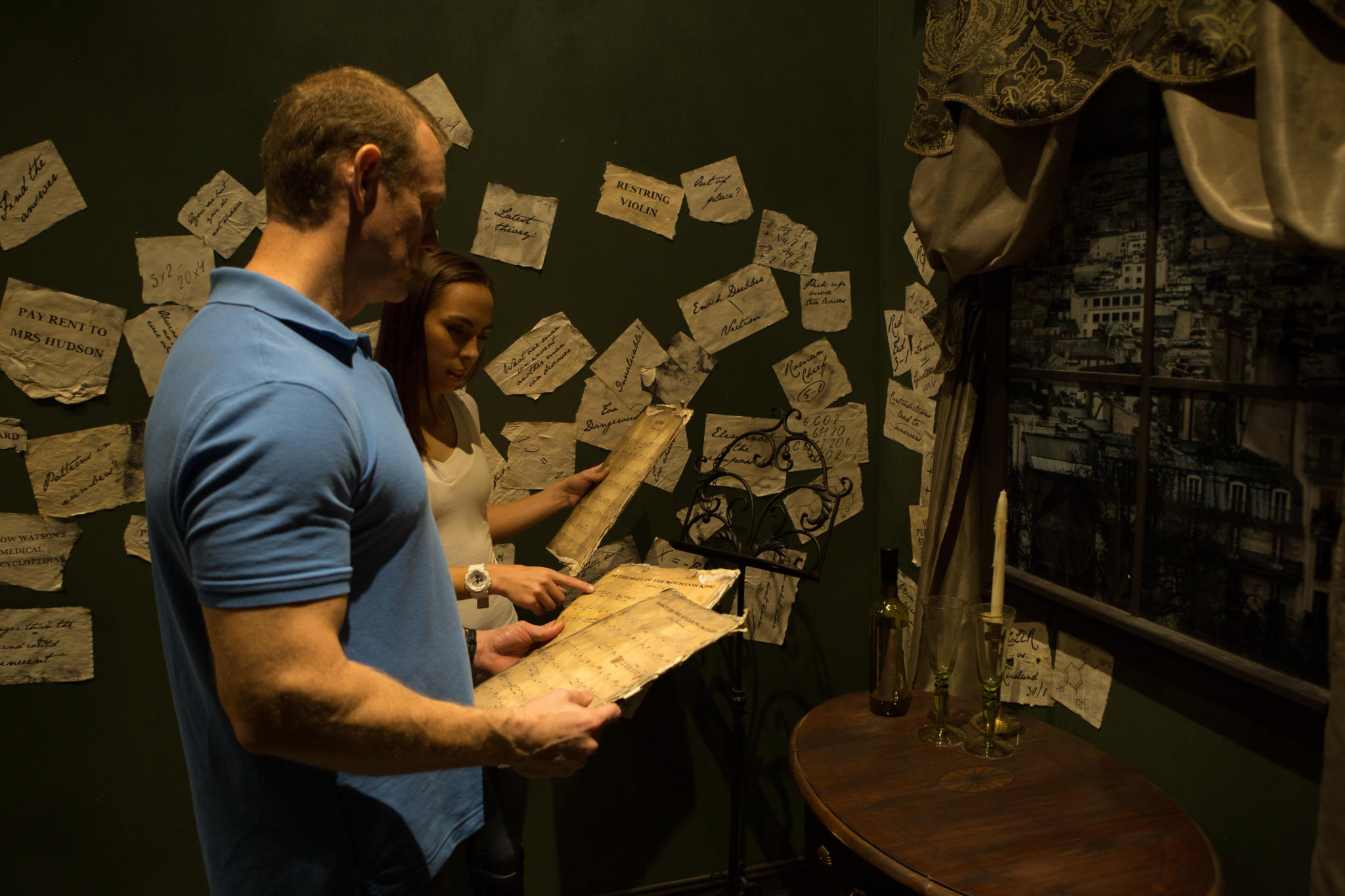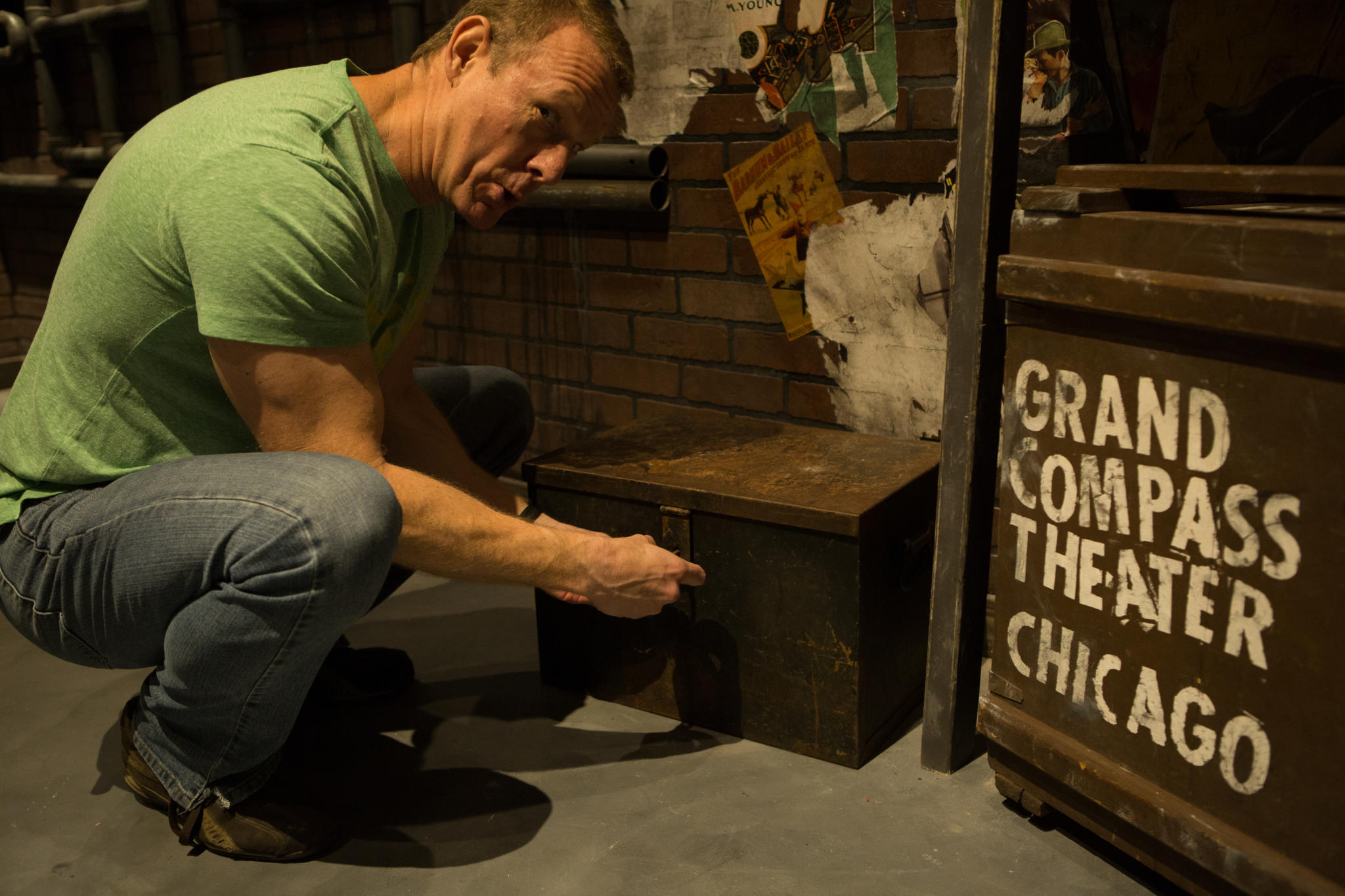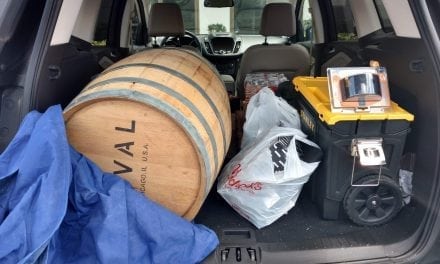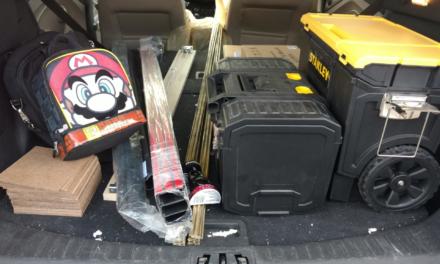This process can take several months and sometimes close to a full year to finish a game.
Once we consider our game to be in Alpha, we start our own internal testing. We have our team walk through the game, testing every puzzle and every prop to make sure everything works as designed and that everything makes sense to us. During this phase of development, we may adjust a few things like change out the types of locks we use for a given puzzle, change where some props are placed throughout the game, etc. We may also fine tune the environmental elements like lighting, background music, and sound effects. But we’re not making any major game changes. At this point, we have a completed and playable game that we are satisfied with. However, we recognize the fact that the game makes sense to us (because we made it), but players that were not involved in the development might have a different experience. That’s what beta testing is for.

Yes, you will complete the game. For beta tests, you get an unlimited amount of time to complete the game. We do this for a few reasons.
I. We want you to have a great time.
II. We want to ensure that all props and puzzles are experienced.
III. We also want to get an idea about how long it is going to take teams to complete the game, which affects pricing, marketing, etc.
That last one is one big difference between our games at The Escape Effect compared to your traditional escape game – rather than fix the time limit to 60 minutes and try to force a game into that timeframe, our approach is to design a game that we think is going to be fun and then see how long it takes to finish it.
During this Q&A session, we will request feedback from you. What did you like? What did you not like? What seemed too difficult or too easy? What do you wish was different? How would you change this or that part of the game? What would you pay to play the game? This feedback, along with the observation of your game experience, is then used to determine if any changes need to be made to the game.

A single piece of feedback or suggestion from a team may not see any action taken, especially if most of the other beta testers disagreed or had opposite feedback. We’ve done at least a dozen tests in all of our games – sometimes taking anywhere between 18 days and 45 days to open officially to the public. We look at feedback from all of these tests as a whole when deciding if changes need to be made – repetition typically wins out here. The changes that we make turn out to be dozens; many are small adjustments, but some can be large – and all are impactful to make the game, more playable, and fun for each player that walks through the EE doors.
You’ll be given unlimited time to complete the game.
I hope this article helped you get an idea of what to expect when beta testing. And we hope you’ll consider visiting us in the future at The Escape Effect!
Oh! And follow us on Facebook and Twitter for future beta test announcements!





